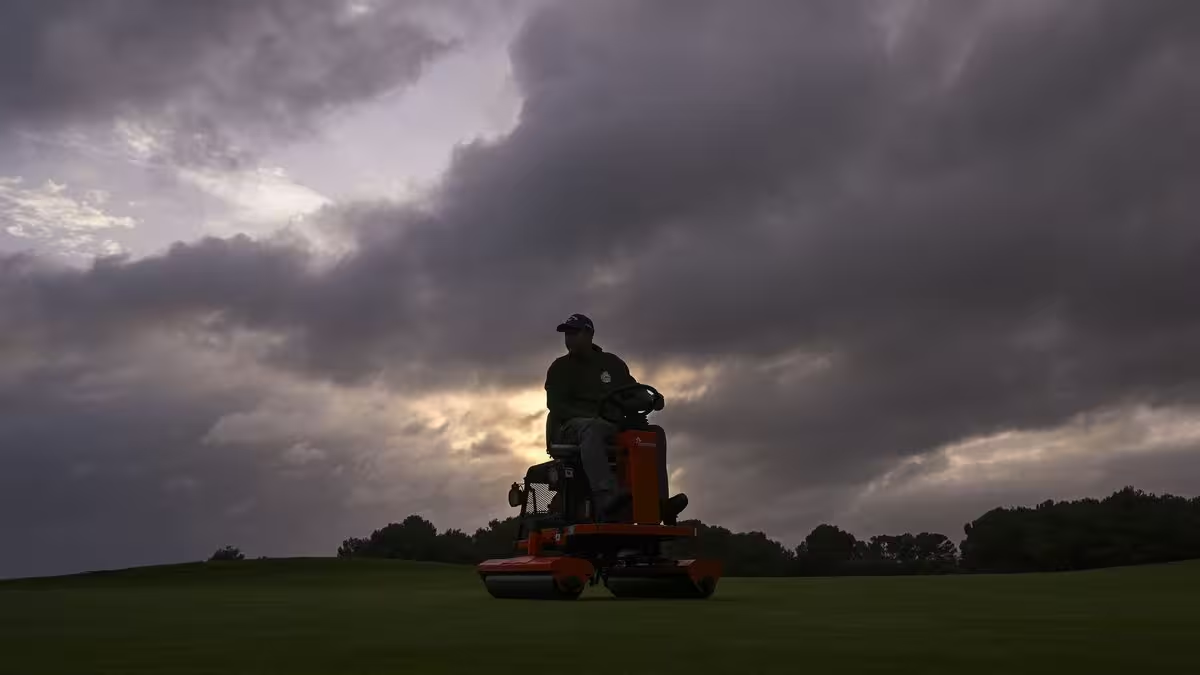As the last of the autumn leaves fall and the temperature starts to drop, the golf course can start to feel a bit quieter. However, just because most of the season’s tournaments have been and gone, it doesn’t mean the work tails off for greenkeepers.
The life of a greenkeeper is rarely anything but busy, for there is usually always work going on somewhere – renovations, new projects and course alterations.
Here, Joe Barnes, course manager at Formby Golf Club on England’s Golf Coast, gives an insight as to what typically goes on during the autumn/winter period, and talks through some of the challenges he and his team face.
After the summer season, does the job become a bit quieter?
I wouldn’t say it’s quieter. In the UK we’re experiencing milder winters, and golfers want to play 12 months a year; you can put in scores whenever you want – so that has put more pressure on greenkeepers to extend the season and provide a handicap qualifying course as often as possible.
The golf season might feel like it’s finished, as moving into October/November, that’s when renovations tend to start, so the job of a greenkeeper remains busy.
What work will typically get underway as we move into winter?
It depends on the type of course and whether it gets really wet. We’re obviously a links course; we tend to stay quite dry, so we did our overseeding in mid October. There are other projects, too, such as bunker and tee box renovation, and a lot of general aesthetics that might go under the radar.
A parkland course that can get quite wet in autumn might choose to do their overseeding in a busier part of the season, like August. It might cause disruption during prime golfing season, but it means ground conditions are more favorable and with warmer weather the grass seed germinates quickly, so playing surfaces can return to normal within a week or so.
What are some of the pressures you face at this time of year?
It’s mainly disease pressure because growth is slowing down. If you get disease through the summer, you know you’ve got strong growth in the grass plants, so it will outgrow disease most of the time.
At this time of year, with the temperatures dropping, the pathogens are still active, so they can take hold of the grass plant. It can kill off the grass plant and…
..
Click Here to Read the Full Original Article at Golf Monthly…
